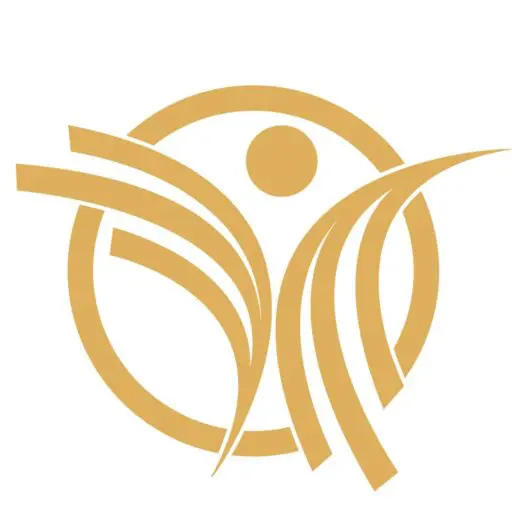It is a known fact that birthmarks, those fascinating spots on the skin that distinguish people, may be troubling for those who decide to eliminate them. Sometimes birthmarks disappear with time, but in other cases, people start wondering how to remove them safely.
In this blog post, we’ll look into the safety aspect of cutting off or completely removing a birthmark, the possible dangers involved, other available treatment methods, and why it is always advisable to consult a doctor before attempting any kind of birthmark removal services.

Is It Haram To Remove A Birthmark?
Muslims are encouraged to preserve the gift of Allah’s creation, but at the same time, they recognize the need for healing or managing a mental or physical condition that affects a person’s well-being.
It is thus often ambiguous when it comes to surgically excising a birthmark because of cosmetic concerns alone; however, if the birthmark poses distress and social problems in the life of the affected person, the majority of Islamic jurists permit the removal of the birthmark. This is in line with the broad Islamic tenets of reducing hardship and distress in people’s lives.
It is highly recommended for people to consult with a knowledgeable Muslim sheik to get advice regarding specific details of a situation and the intentions that a person has for undergoing the procedure, in adherence to Islamic principles on medical ethics as well as the personal faith of the individuals involved.
Is A Birthmark Removal Through Laser Painful?
Laser birthmark removal involves a laser light that directs high energy on birthmarks with a view to reducing theirs conspicuously. As already stated, the procedure is minimally invasive and is done without the need for any cuts, but it turned out to be painful for some patients and to different extents.
Some patients have described the same feeling of having a rubber band snapped against the skin therefore many of the clinics will apply an anesthetic cream to minimize this. For a few days afterward, patients may notice their skin is red and feel like it has been sunburnt. The type of laser that is utilized, the depth and size of the birthmark, and the skin type of the patient determine the degree of pain felt by the patient. Clients should consult their doctor on how to alleviate pain after the procedure, and the recommended measures to adopt to enhance recovery.
Can Birthmarks Be Removed Permanently?
Relating to the length of time that birthmark removal is lasting; this depends on the kind of birthmark and measures that have been used to remove birthmarks. Moles, cafe-au-lait spots, and other pigmented birthmarks can be successfully treated with laser procedures that have an effect on melanin and remove it.
However, vascular birthmarks such as hemangioma, or port wine stains might prove to be a bit difficult. These may fade to some extent with treatment but usually, they may need several treatments and may not go away totally. Because of this, the patient should consult a dermatologist who will assess the birthmark and based on its features and the latest technologies will be able to prognosis on the further treatment of the birthmark.
Risk and Considerations
It is important to note that as with any other form of medical treatment, birthmark removal has its own advantages and disadvantages as well.
The common concerns arising out of such treatments are general infection, scarring, and possibly pigmentation problems, although the latter is especially of concern for dark-skinned people.
It is recommended to choose a professional dermatologist with the board certification and with a proper focus on using laser instruments, as well as strictly following all the guidelines provided after the treatment.
Moreover, such patients should make sure that their expectations are reasonable and in line with the given possibilities since sometimes birthmarks may be only minimized rather than eliminated.
Explaining all options that can be expected from a birthmark surgery and emphasizing the possibility that it may require more than one treatment, can be helpful in reaching a decision to undergo the surgery.
Final Words
The desire to have a birthmark removed may be attributed to personal reasons and choice, which have severe repercussions on an individual’s self-esteem and personal relationships among other effects. It is essential to understand that the improvement of appearance is possible here, and people should make such decisions carefully with the help of a professionals.
Explaining the purposes and goals that are connected with emotional and psychological factors that may force individuals to decide on birthlandmark removal, as well as the possible results, may be helpful when preparing for the process. It is also pertinent to factor in the monetary consideration since body enhancement is generally not covered by health insurance.
Finally, it can be concluded that birthmark removal is the process to be successful due to the patient’s decision-making and appropriate medical interventions towards the improved aesthetic and quality of life.
